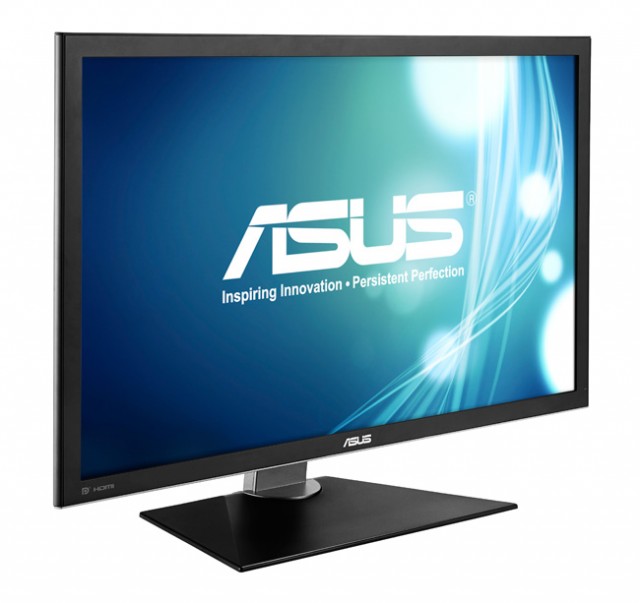URL: http://rss.slashdot.org/~r/Slashdot/slashdot/~3/w3GxtmYzxfY/story01.htm
MojoKid writes "For the past decade, AMD and Intel have been racing each other to incorporate more components into the CPU die. Memory controllers, integrated GPUs, northbridges, and southbridges have all moved closer to a single package, known as SoCs (system-on-a-chip). Now, with Haswell, Intel is set to integrate another important piece of circuitry. When it launches next month, Haswell will be the first x86 CPU to include an on-die voltage regulator module, or VRM. Haswell incorporates a refined VRM on-die that allows for multiple voltage rails and controls voltage for the CPU, on-die GPU, system I/O, integrated memory controller, as well as several other functions. Intel refers to this as a FIVR (Fully Integrated Voltage Regulator), and it apparently eliminates voltage ripple and is significantly more efficient than your traditional motherboard VRM. Added bonus? It's 1/50th the size." Update: 05/14 01:22 GMT by U L : Reader AdamHaun comments: "They already have a test chip that they used to power a ~90W Xeon E7330 for four hours while it ran Linpack. ... Voltage ripple is less than 2mV. Peak efficiency per cell looks like ~76% at 8A. They claim hitting 82% would be easy..." and links to a presentation on the integrated VRM (PDF).
Read more of this story at Slashdot.






